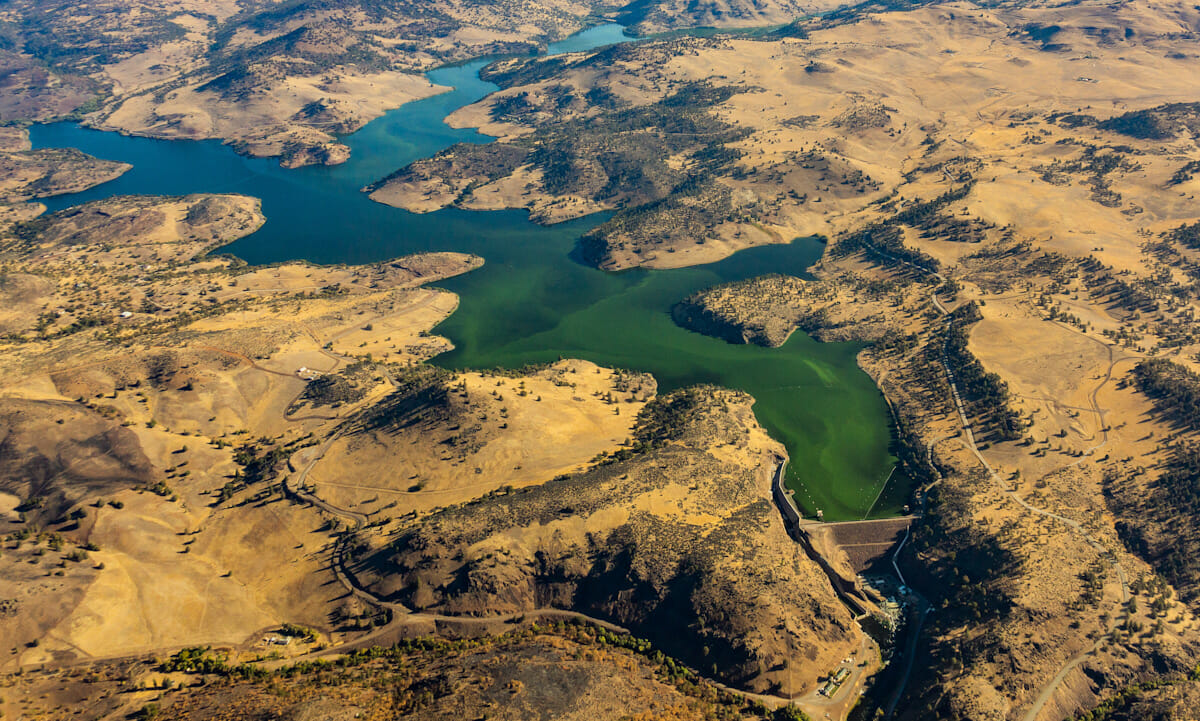
FOR IMMEDIATE RELEASE:
November 17, 2022
Media Contacts
Brian Johnson, California Director — bjohnson@tu.org; (415) 385-0796
Chrysten Rivard, Oregon Director – crivard@tu.org; (541) 973-4431
Rob Masonis, Vice President for Western Conservation – rmasonis@tu.org; (206) 491-9016
Washington, DC—Today the Federal Energy Regulatory Commission (FERC) issued the Final License Surrender Order for the Lower Klamath Hydropower Project on the Klamath River. This order approves the license surrender and decommissioning plan to remove four dams and associated infrastructure, and to restore the Project reach of the river.
Brian Johnson, California Director with Trout Unlimited, said, “Multiple environmental reviews by state and federal resource agencies over the past two decades have all reached the same conclusion: removing these dams is the single biggest thing we can do to restore the Klamath River’s legendary fisheries. We salute FERC’s carefully considered review and approval of the plan. And we honor the enduring commitment of our partners to this long campaign, especially the Yurok Tribe, the Karuk Tribe, and the Klamath Tribes. It’s finally time to ‘bring the salmon home’.”
The four dams of the Lower Klamath Project — Iron Gate, Copco I & II, and JC Boyle — are old and generate very little hydropower. These dams provide zero water for municipal use or irrigation diversions and negligible flood control benefits, but impair water quality and completely block fish passage to more than 400 miles of vital spawning and rearing habitat for culturally and commercially important species such as salmon and steelhead. The dams are a primary factor in the precipitous decline of these species in what has been, historically, the third most productive watershed for salmon and steelhead on the West Coast.
Chrysten Rivard, Oregon Director for Trout Unlimited, said, “The Klamath River has been Exhibit A for how dams, drought, imbalanced water management and climate change can strangle a river. Now, the Klamath is poised to become a prime example of how an entire river system, and the people and wildlife that depend on it, can be renewed.”
Rivard added, “The major investments TU and others have made in improving water quality, fish passage and habitat in the upper Klamath Basin will soon pay their full dividends, as salmon and steelhead finally come back to their ancestral spawning and rearing grounds. The Klamath River’s native fish – and many of its human residents — have waited and worked a long time for this moment. We applaud the Tribal, state, and federal government leaders who have helped get us here, and PacifiCorp and the KRRC for their commitment to bringing the Klamath back to life.”
TU’s work to restore water quality and fish passage in the upper Klamath Basin over the past fifteen years has already helped prepare habitat and landowners for the return of salmon and steelhead to Klamath Lake and its headwaters. This work will continue at an even greater scale and pace now, thanks to investments in watershed and salmon restoration provided by the Bipartisan Infrastructure Act and the Inflation Reduction Act. See examples of this work here and here.
# # #
For summaries and the full text of the Klamath Settlement Agreements as well as additional fact sheets on the terms of the Agreements, see: http://www.reconnectklamath.org

